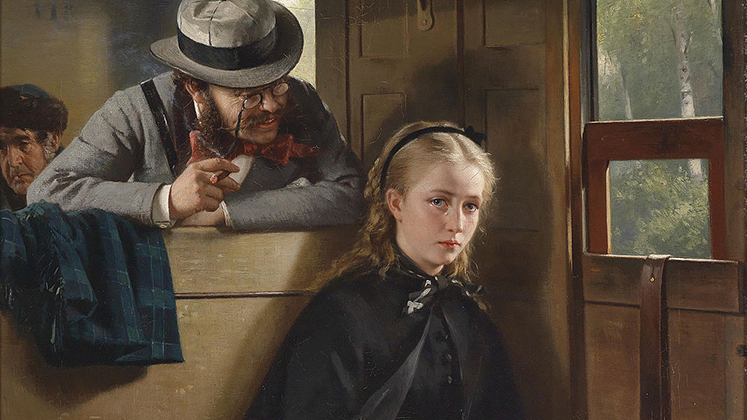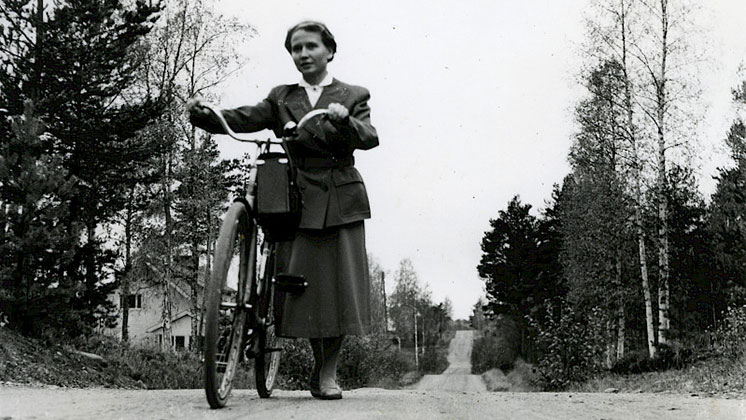Through an analysis of gynaecology cases at the Chelsea Hospital for Women, Lauren Apostolov rejects traditional characterisations of male Victorian doctors as reckless experimenters, unconcerned with female health. Instead, she finds a high degree of caution associated with decisions to operate. Only once improved hygiene levels lowered mortality risks were doctors willing to operate in non-life-threatening cases.
Compared to today, nineteenth century operating rooms were bloody and chaotic death traps. Feminist historians argue women were the unfortunate victims of this era of experimental ‘macho medicine’, as doctors used excessive, brutal, and unnecessary operations to ‘silence the female body’. They describe a dark, early legacy of experimentalism, where women were ‘the prey of unscrupulous or illogically enthusiastic experimenters’.
My study of more than 900 ovariotomy and hysterectomy patients from the Chelsea Hospital for Women (CHW) contradicts the ‘macho medicine’ narrative. By analysing the frequency, outcomes, and justifications for these operations, I reveal just how conservative late 19th and early 20th century surgeons really were. When risks of infection during surgery were still very high, ovariotomies and hysterectomies were only used to save lives. As operating theatres became safer, women were operated on to improve quality of life as well.
Ovariotomy is the removal of the ovaries/ovary; hysterectomy is the removal of the uterus. Both began to be practiced in the nineteenth century. In this era, the ovaries and the uterus defined a woman as a powerful symbol of childbearing and reproduction, woman’s primary societal function. These operations have become pertinent examples of what 1970s feminist literature described as the ‘medicalisation of women’.
Figure 1 plots both the total number of gynaecological operations (LHS) and their mortality rate (RHS) over the 40-year period between 1886-1926. At the start of the period, both ovariotomy and especially hysterectomy were highly risky operations. In 1886, a fifth of all gynaecological patients died, for ovariotomies alone the mortality rate was a quarter. We know earlier use of these operations rendered even more shocking mortality rates – 44.5% for ovariotomy in 1855 and as high as 70% for hysterectomy as late as 1880.

These operations were only used at the CHW as a last resort. One ovariotomy patient was described as having an ‘abdomen distended to the size of an eighth month pregnancy’. In the whole of 1886, only 10 hysterectomies and 20 ovariotomies were performed. Moreover, figure 2 shows 60% of these operations were intended to remove a tumour. There is little evidence for the kind of indiscriminate behaviour implied by proponents of the ‘macho medicine’ thesis.
As the associated mortality risk declined, doctors were more willing to carry out a greater number of operations. The mortality rate for gynaecological patients fell from 20% in 1886, stabilising at 2% by 1929. Simultaneously, the number of operations rose from 30 in 1886 to almost 400. Doctors were responding to improved safety when deciding on whom they would operate.
Doctors also became more willing to use surgery for less severe conditions. Figure 2 shows the proportion of patients who had been diagnosed with either a tumour (often life threatening) or fibroids (uncomfortable but benign). The rising frequency of operations between 1886 and 1926 was accompanied by an increase in the proportion of patients treated for fibroids, which increased from 15 to 50 percent.
Feminist scholars argue rising numbers of hysterectomies and ovariotomies for ‘minor’ conditions such as fibroids is evidence for a greater willingness to experiment on female patients. Yet this literature fails to account for the associated decline in mortality rates. Huge improvements in safety meant the purpose of these operations no longer needed to be saving life, they could also be used to improve the quality of life as well.

By the start of the twentieth century, both hysterectomy and ovariotomy were used as widely and safely as they are in modern medicine. Highly conscious of surgical risk, the CHW doctors were always conservative. Rather than ‘macho medicine’, this investigation into the frequency, diagnosis, and mortality of gynaecology patients has demonstrated that safety was always the most important consideration.




